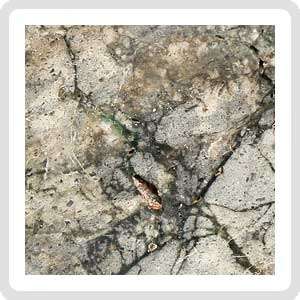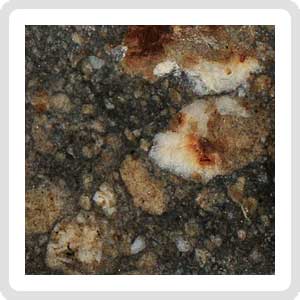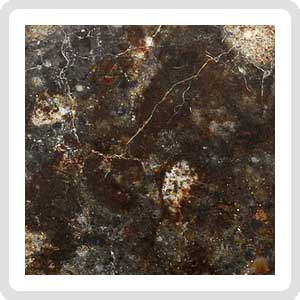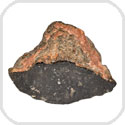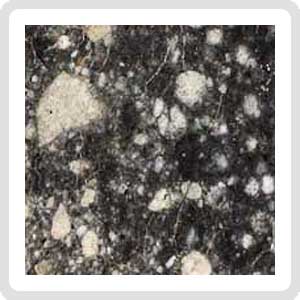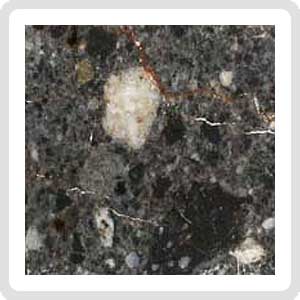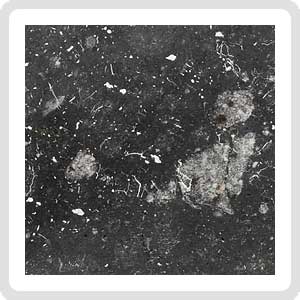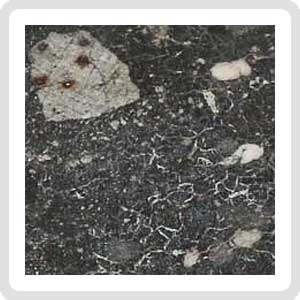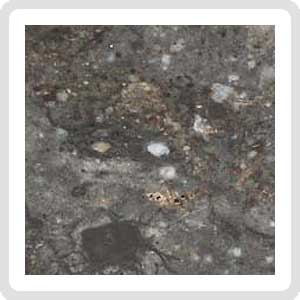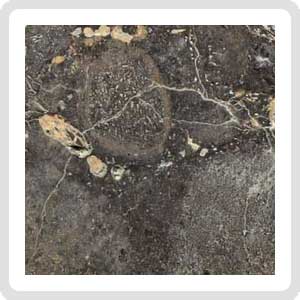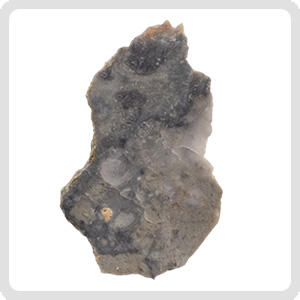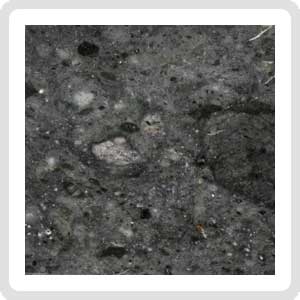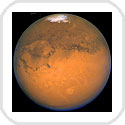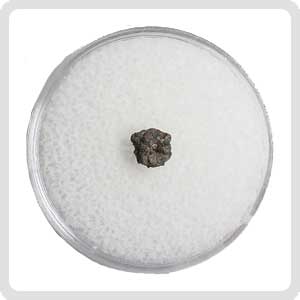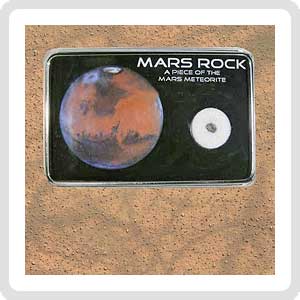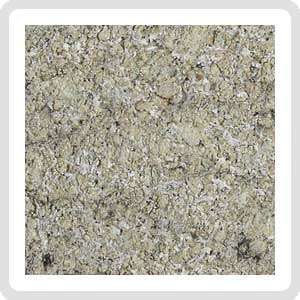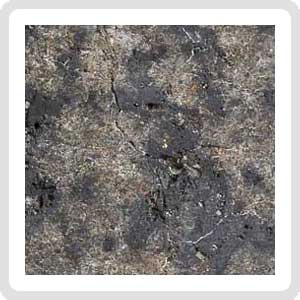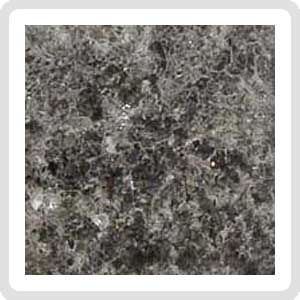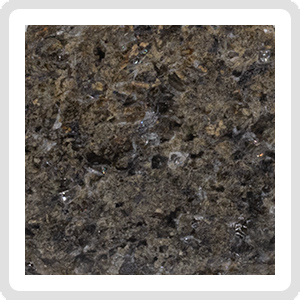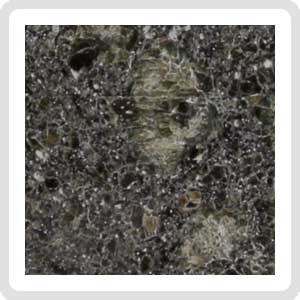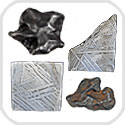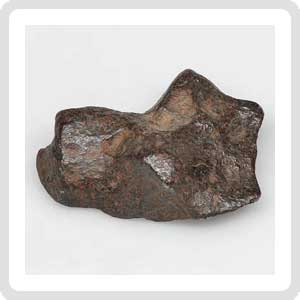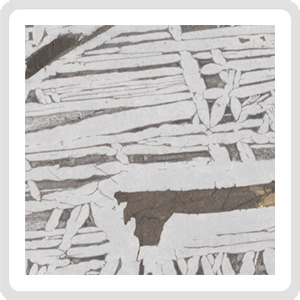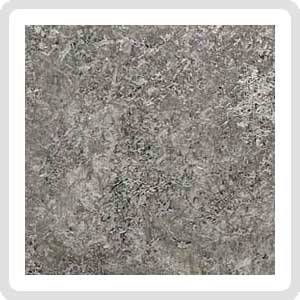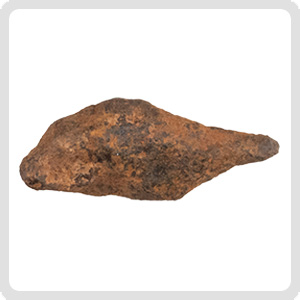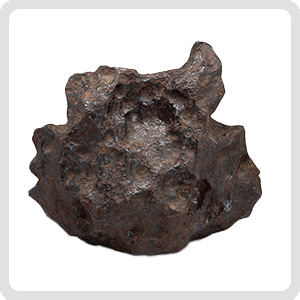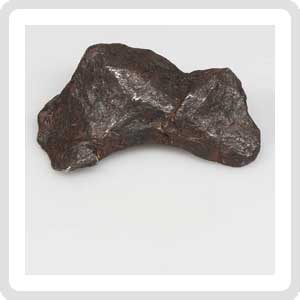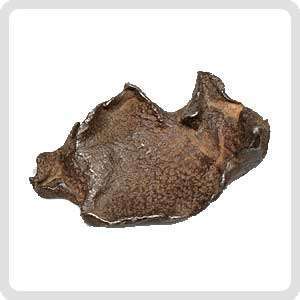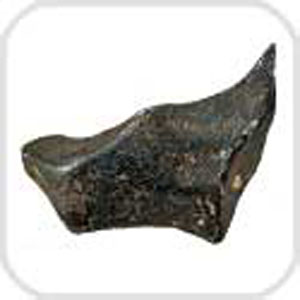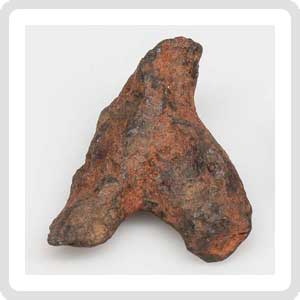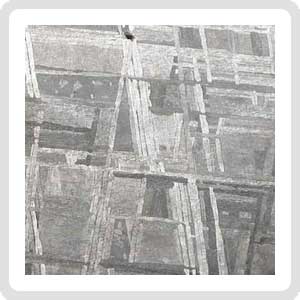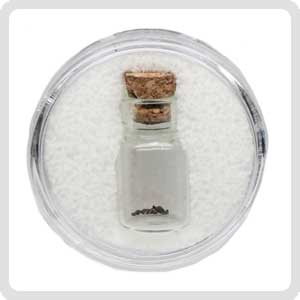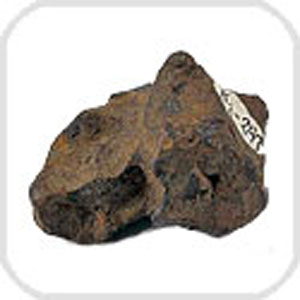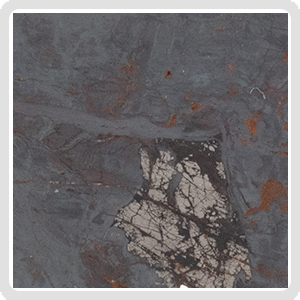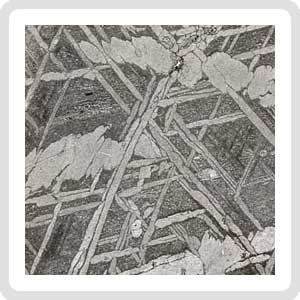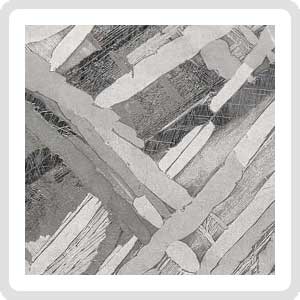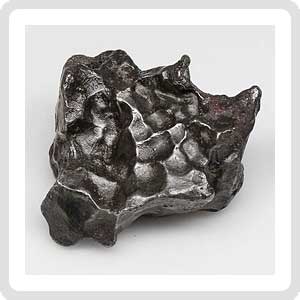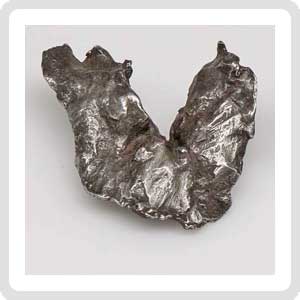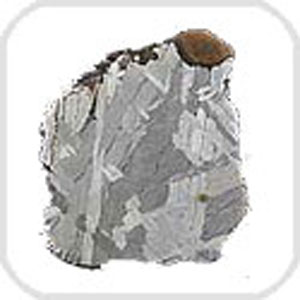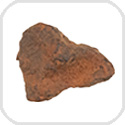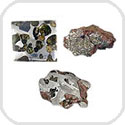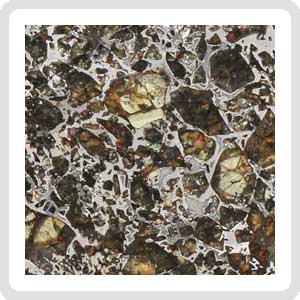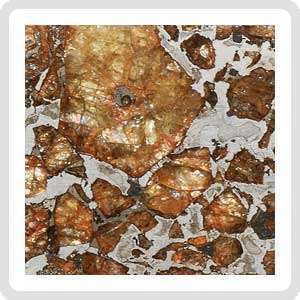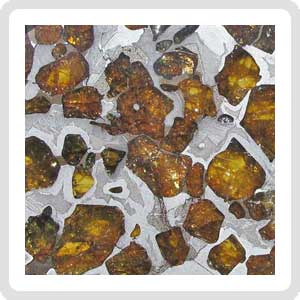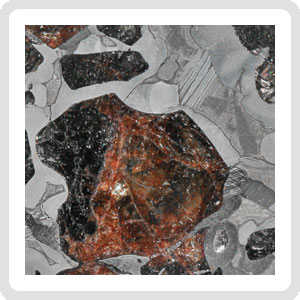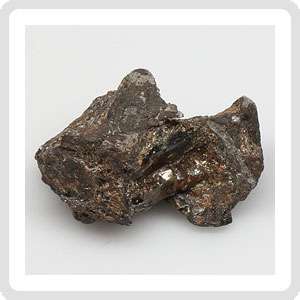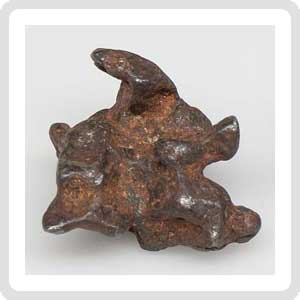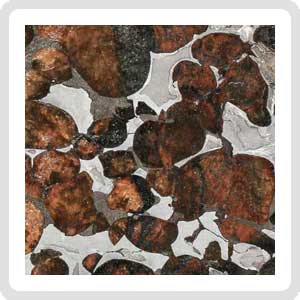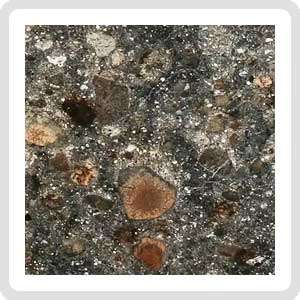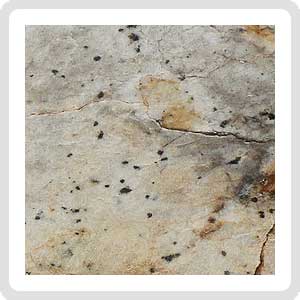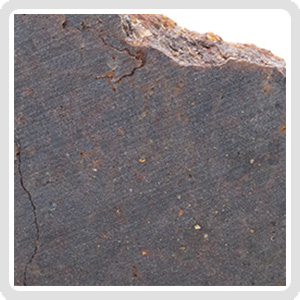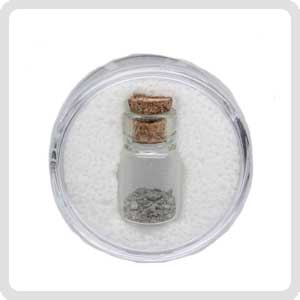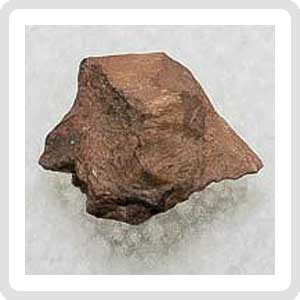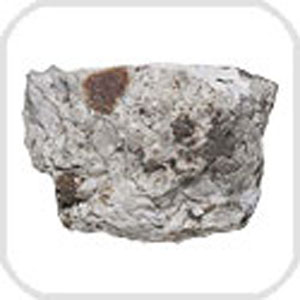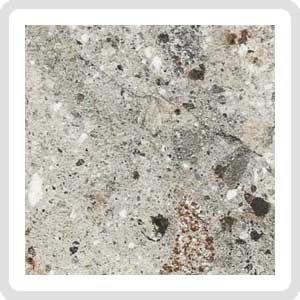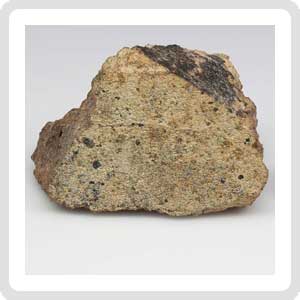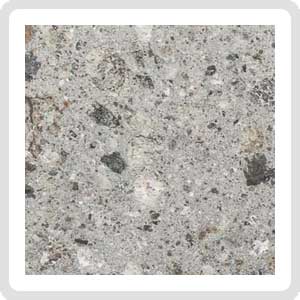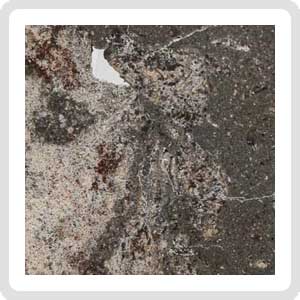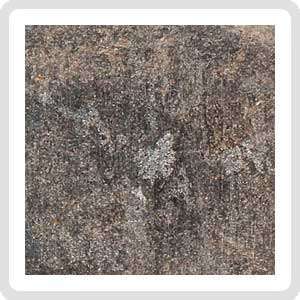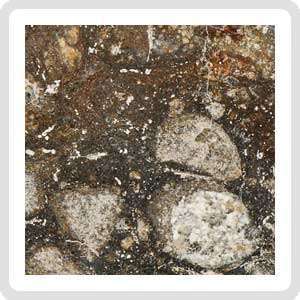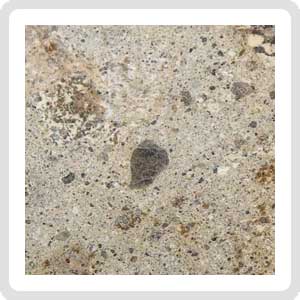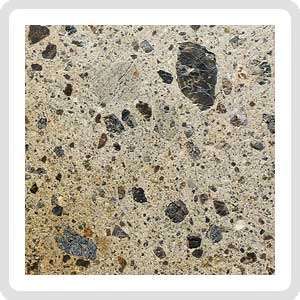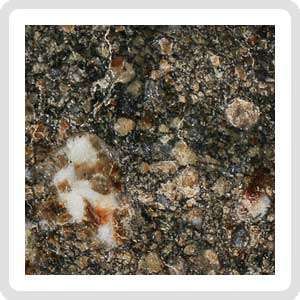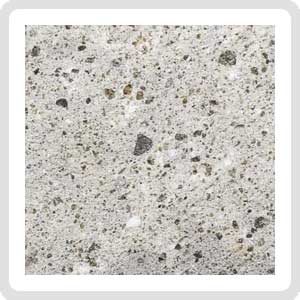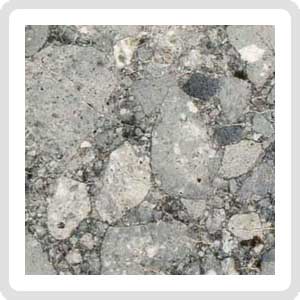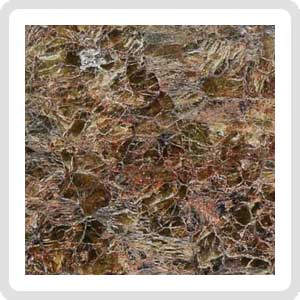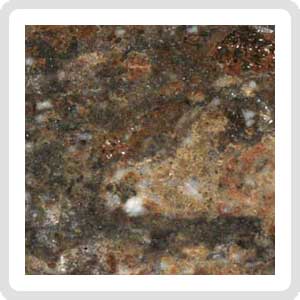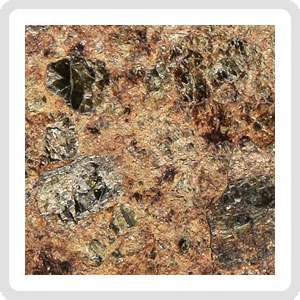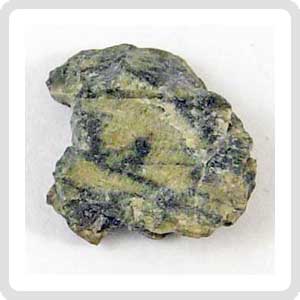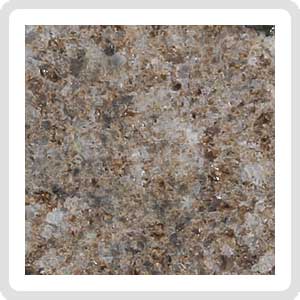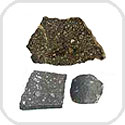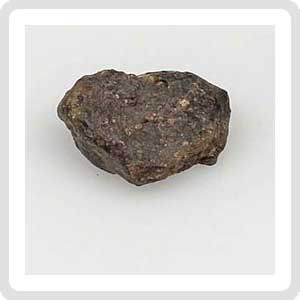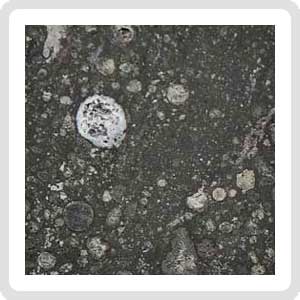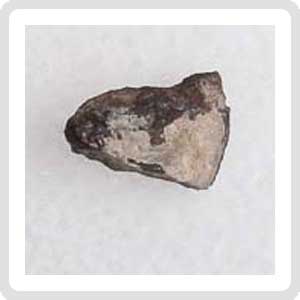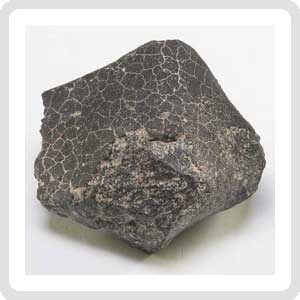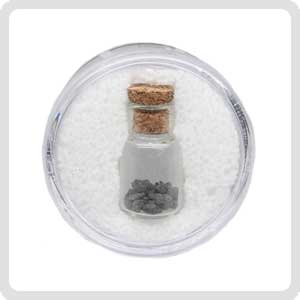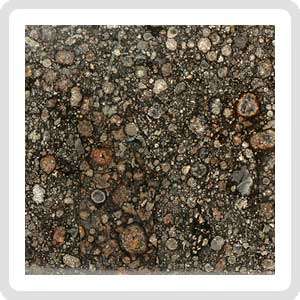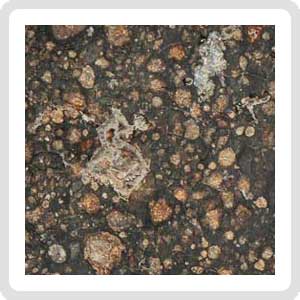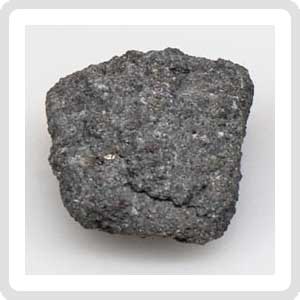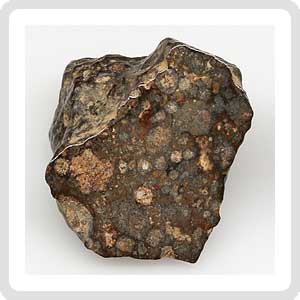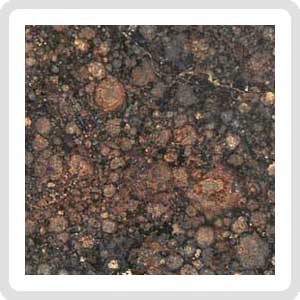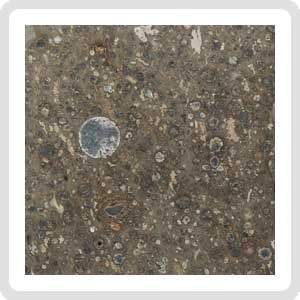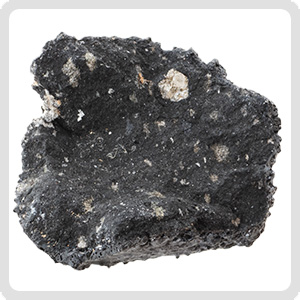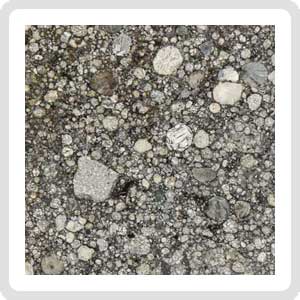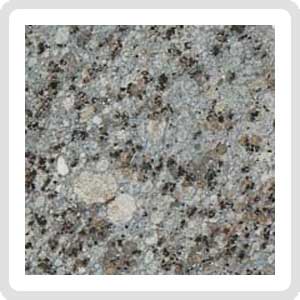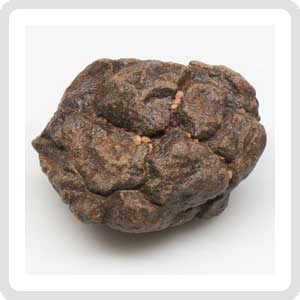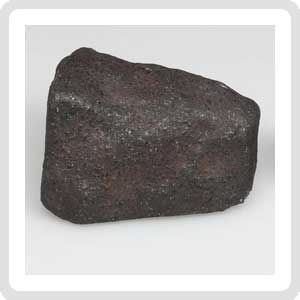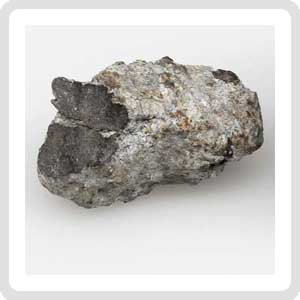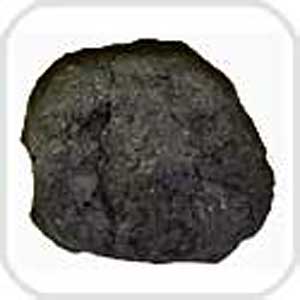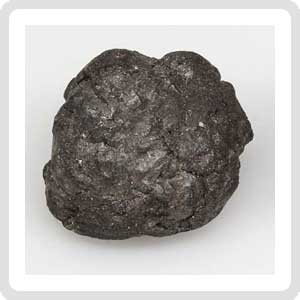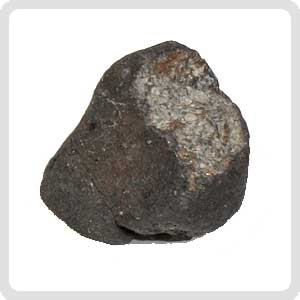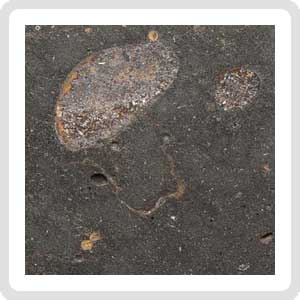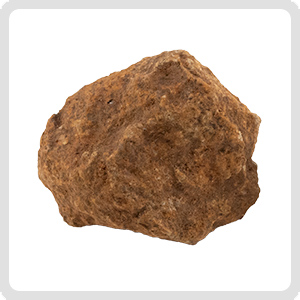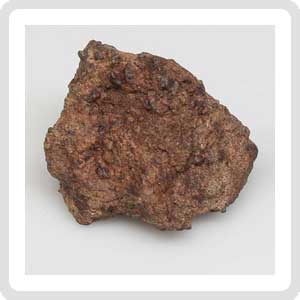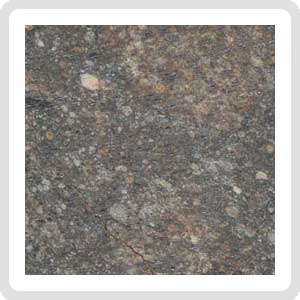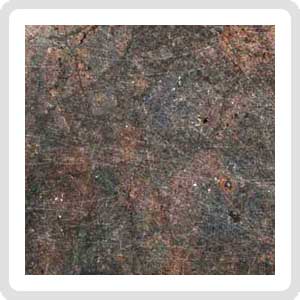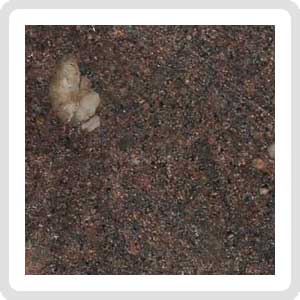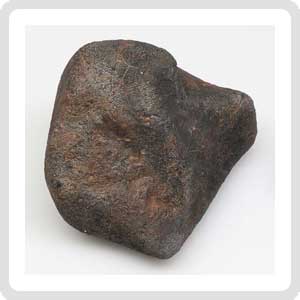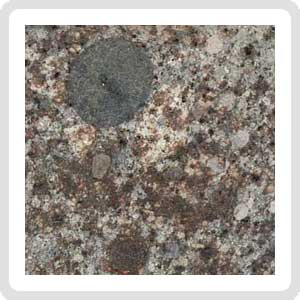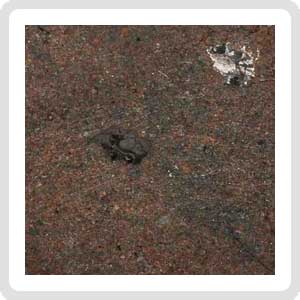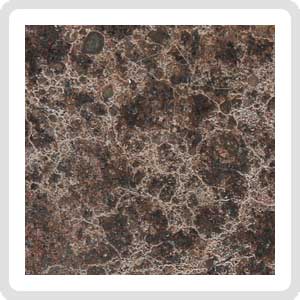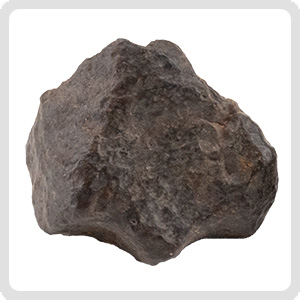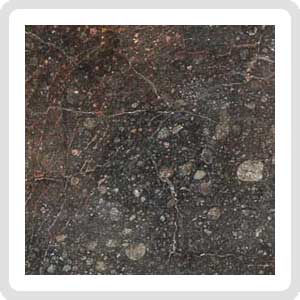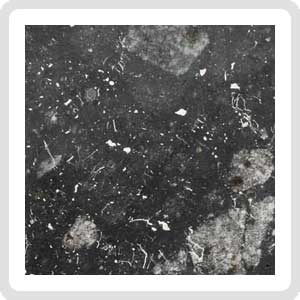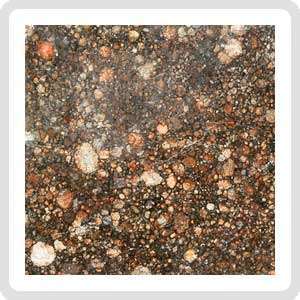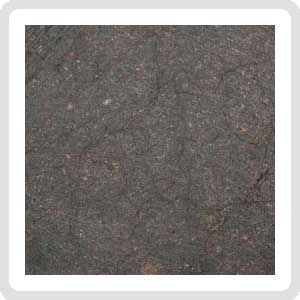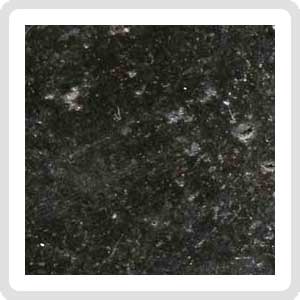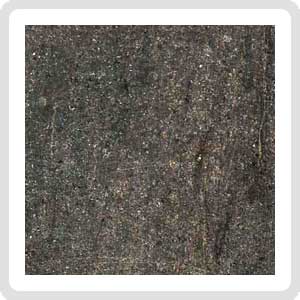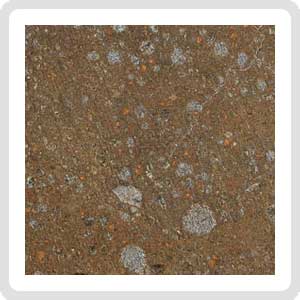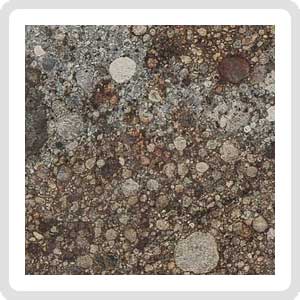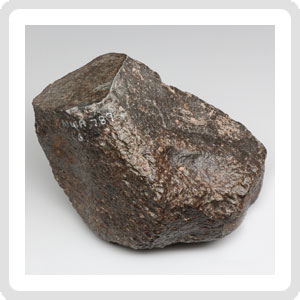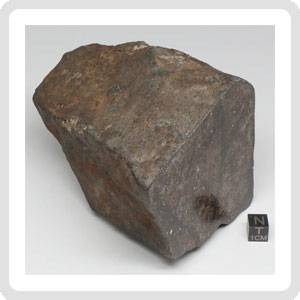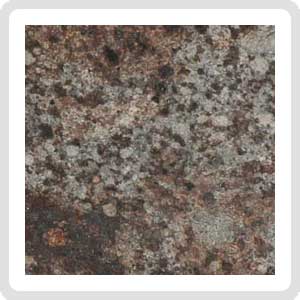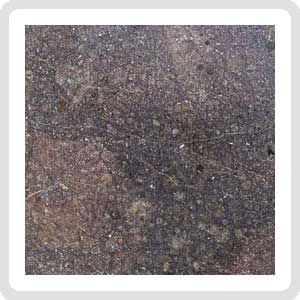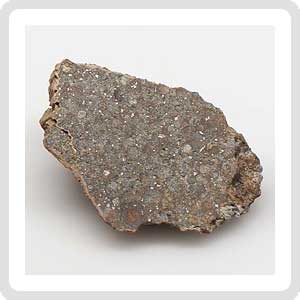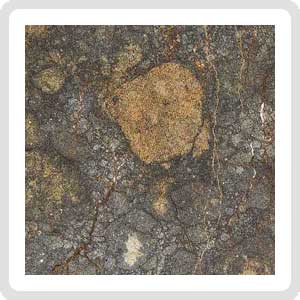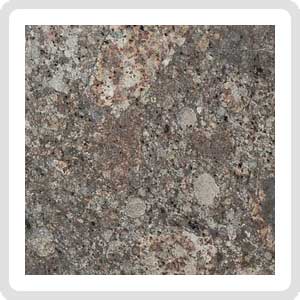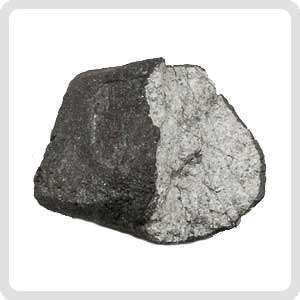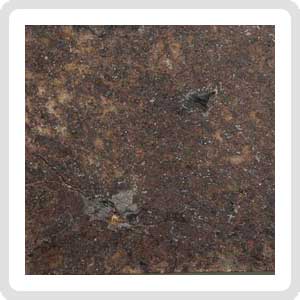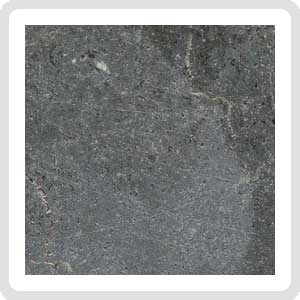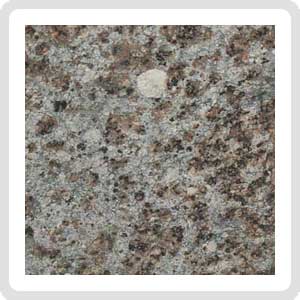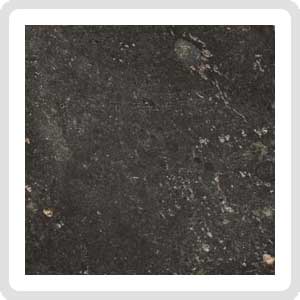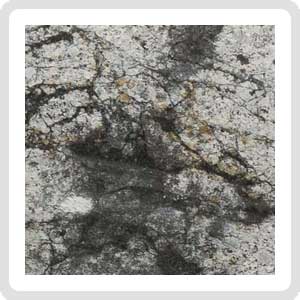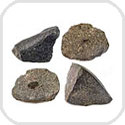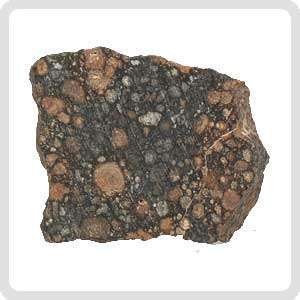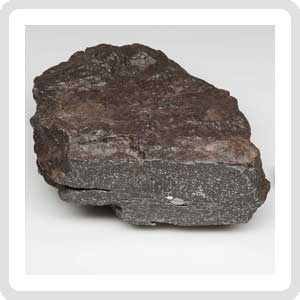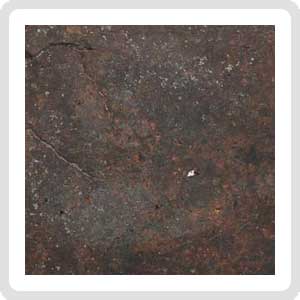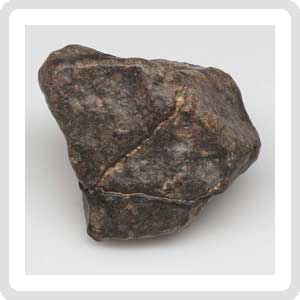Meteorite Catalog
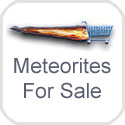 We acquire our meteorite for sale from a network of trusted meteorite hunters and dealers from all over the world. Meteorites come from many different types of bodies in the solar system which results in many different types of meteorites.
We acquire our meteorite for sale from a network of trusted meteorite hunters and dealers from all over the world. Meteorites come from many different types of bodies in the solar system which results in many different types of meteorites.
Our catalog contains the following list of meteorites.
Use the quick links below to jump to specific meteorite classifications.
Meteorite Catalog
-
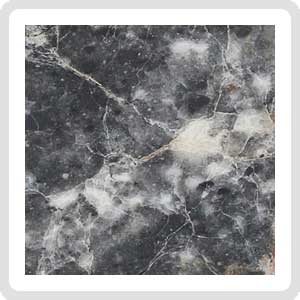
Bechar 003 Lunar Meteorite16 Item(s)
-
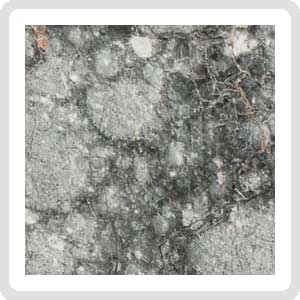
Gadamis 004 Lunar Meteorite3 Item(s)
-
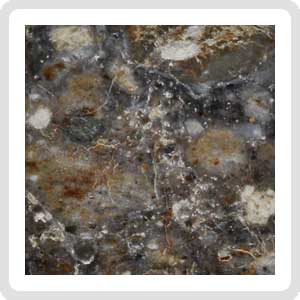
Laâyoune 002 Lunar Meteorite17 Item(s)
-
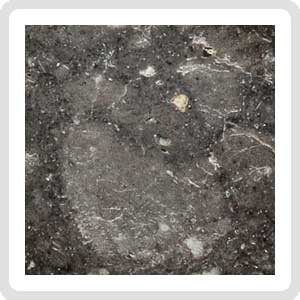
Lahmada 020 Lunar Meteorite5 Item(s)
-
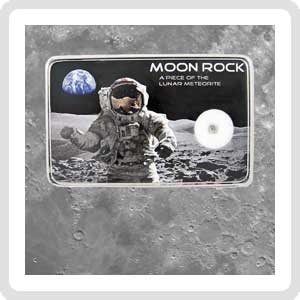
Moon Rock Display Boxes8 Item(s)
-
NWA 10401 Lunar Meteorite0 Item(s)
-
NWA 10964 Lunar Meteorite5 Item(s)
-
NWA 11182 Lunar Meteorite (Paired)10 Item(s)
-
NWA 11228 Lunar Meteorite19 Item(s)
-
NWA 11474 Lunar Meteorite10 Item(s)
-
NWA 11788 Lunar Meteorite7 Item(s)
-
NWA 13788 Lunar Meteorite9 Item(s)
-
NWA 13951 Lunar Meteorite3 Item(s)
-
NWA 14041 Lunar Meteorite14 Item(s)
-
NWA 14729 Lunar Meteorite9 Item(s)
-
NWA 15482 Lunar Meteorite17 Item(s)
-
Tifariti 002 Lunar Meteorite3 Item(s)
-
Agoudal Meteorite (Imilchil)16 Item(s)
-
Aletai Meteorite28 Item(s)
-
Balambala Iron Meteorite19 Item(s)
-
Boxhole Meteorite8 Item(s)
-
Campo del Cielo Meteorite15 Item(s)
-
Canyon Diablo Iron Meteorite14 Item(s)
-
Gebel Kamil Iron Meteorite8 Item(s)
-
Gibeon Meteorite4 Item(s)
-
Henbury Meteorite11 Item(s)
-
Muonionalusta Meteorite11 Item(s)
-
Nininger Spheroids1 Item(s)
-
Odessa Meteorite7 Item(s)
-
Pierceville Meteorite14 Item(s)
-
Saint-Aubin Iron Meteorite3 Item(s)
-
Seymchan Siderite Meteorite17 Item(s)
-
Sikhote-Alin Iron Meteorite13 Item(s)
-
Sikhote-Alin Meteorite Shrapnel15 Item(s)
-
Toluca Meteorite9 Item(s)
-
Veevers Iron Meteorite18 Item(s)
-
Bechar 008 Howardite Meteorite6 Item(s)
-
Djoua 001 Aubrite Meteorite4 Item(s)
-
El Medano 395 Brachinite Meteorite5 Item(s)
-
Kapoeta Howardite Meteorite1 Item(s)
-
Mount Egerton Aubrite-an Meteorite1 Item(s)
-
Norton County Aubrite Meteorite4 Item(s)
-
NWA 11899 Howardite Meteorite0 Item(s)
-
NWA 12927 Diogenite Meteorite6 Item(s)
-
NWA 12932 Eucrite Meteorite3 Item(s)
-
NWA 13325 Eucrite-br Meteorite15 Item(s)
-
NWA 13790 Winonaite Meteorite12 Item(s)
-
NWA 14016 Eucrite-melt breccia Meteorite4 Item(s)
-
NWA 14370 Eucrite breccia Meteorite15 Item(s)
-
NWA 15339 Diogenite Meteorite7 Item(s)
-
NWA 15656 Eucrite Meteorite7 Item(s)
-
NWA 2060 Howardite Meteorite10 Item(s)
-
NWA 6694 Eucrite-pmict Meteorite11 Item(s)
-
NWA 7831 Diogenite Meteorite3 Item(s)
-
NWA 8743 Eucrite-melt breccia Meteorite27 Item(s)
-
Taoudenni Diogenite Meteorite0 Item(s)
-
Tatahouine Diogenite Meteorite1 Item(s)
-
Tirhert Eucrite Meteorite8 Item(s)
-
Abadla 002 CM2 Meteorite12 Item(s)
-
Allende CV3 Meteorite9 Item(s)
-
Grapevine Mesa CBa Meteorite7 Item(s)
-
Jbilet Winselwan CM2 Meteorite0 Item(s)
-
Karoonda CK4 Meteorite0 Item(s)
-
Nagjir 001 CV3 Meteorite0 Item(s)
-
NWA 12322 CV3 Meteorite3 Item(s)
-
NWA 12925 CK5 Meteorite6 Item(s)
-
NWA 14353 CVred3 Meteorite3 Item(s)
-
NWA 1465 CV3-an Meteorite14 Item(s)
-
NWA 14743 CVox3 Meteorite9 Item(s)
-
Tarda Meteorite C2-UNG13 Item(s)
-
Aba Panu L3 Meteorite12 Item(s)
-
Aiquile H5 Meteorite14 Item(s)
-
Al Haggounia 001 EL-melt17 Item(s)
-
Bassikounou H5 Meteorite7 Item(s)
-
Carancas H4-5 Meteorite9 Item(s)
-
Chelyabinsk LL5 Impact Melt3 Item(s)
-
Chelyabinsk LL5 Meteorite5 Item(s)
-
Chergach H5 Meteorite16 Item(s)
-
Chico L6 Impact Melt Meteorite2 Item(s)
-
Clarendon (c) Meteorite8 Item(s)
-
Dalgety Downs L4 Meteorite7 Item(s)
-
Dar el Kahal H5-6 Meteorite11 Item(s)
-
Dhofar 020 H4/5 Meteorite10 Item(s)
-
Dhofar 1289 L4 Meteorite22 Item(s)
-
Gao-Guenie H5 Meteorite17 Item(s)
-
NWA 10731 L3-6 Meteorite6 Item(s)
-
NWA 10816 LL5 Meteorite16 Item(s)
-
NWA 10828 H4 Meteorite19 Item(s)
-
NWA 11700 H4 Meteorite11 Item(s)
-
NWA 11721 R3 Meteorite19 Item(s)
-
NWA 13758 R3 Meteorite3 Item(s)
-
NWA 15662 LL3 Meteorite2 Item(s)
-
NWA 400 H5 Meteorite4 Item(s)
-
NWA 4860 L4 Meteorite17 Item(s)
-
NWA 6947 H5 Meteorite10 Item(s)
-
NWA 7489 R3.5-4 Meteorite6 Item(s)
-
NWA 7676 LL3 Meteorite0 Item(s)
-
NWA 787 L3-6 Meteorite0 Item(s)
-
NWA 788 L5/6 Meteorite1 Item(s)
-
NWA 791 L6 Meteorite9 Item(s)
-
NWA 8008 L4 Meteorite12 Item(s)
-
NWA 8384 LL3 Meteorite16 Item(s)
-
NWA 8655 LL5 melt breccia Meteorite3 Item(s)
-
NWA 869 L3-6 Meteorite23 Item(s)
-
Oued Sfayat H5 Meteorite23 Item(s)
-
Sahara 99676 L6 Meteorite3 Item(s)
-
Tassédet 004 H5 Impact Melt Meteorite9 Item(s)
-
Thuathe H4/5 Meteorite2 Item(s)
-
Tsarev L5 Meteorite16 Item(s)
-
Viñales L6 Meteorite5 Item(s)


